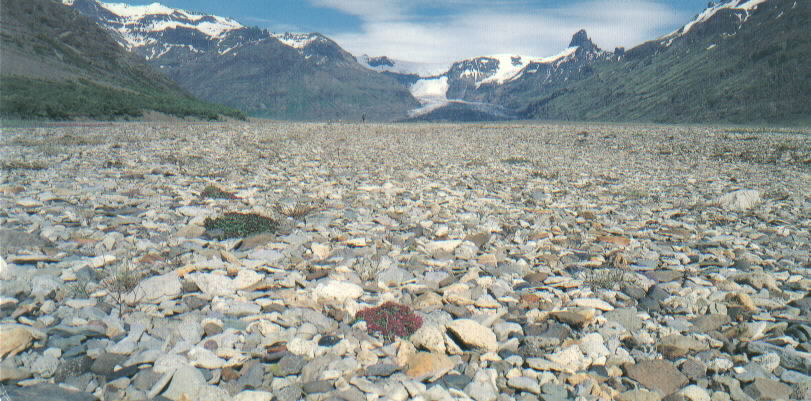



    |
|
Viking
Encounter
This site briefly states in chronological order the Viking settlement and history of Iceland. It is not a complete history but a "keel" to the dynamic settlement of Iceland which began with Irish monks.
circa 800 Irish monks/explorers discover Iceland.
874 Iceland received its first inhabitants from Norway (prior to that, some Celtic colonies had existed in Iceland) as Ingólfr Arnarson arrives in Reykjavík. 930 The Icelandic parliament, "Althing", had its first meeting. The Alþing is the oldest parliamentary system still operating in Europe.
982 Eiríkr (Eric) the Red discovers Greenland after being ordered out of Iceland by the Alþing due to manslaughter.
986 Eric the Red sailed away from Iceland bound for Greenland together with many families willing to settle on Greenland.
1000 Christianity was adopted as the new religion. Leifr Eríksson ("Leif The lucky"), son of Eric the Red, discovers North America and names it Vínland. 1120-1230 The old Scandinavian sagas were written down in Iceland. Snorri Sturluson, a nobleman, historian and poet, writes (or is believed to have written) the Prose Edda and the Heimskringla.
1262 Weakened by internal struggles, Iceland becomes under Norwegian rule, maintaining, however, substantial autonomy. This was the end of the age of Sturlungs.
1387 Norway, and Iceland are united with Denmark.
1400s - 1700s Pestilence, commercial exploitationn, and natural catastrophes nearly wipe out the Icelandic nation. By the late 18th century its population had dropped to fewer than 40,000. A renewal began in the 19th century.
1783-86 The worst volcanic eruptions in the history of Iceland occur. Grass was burned over large areas, 3/4 of cattle starved to death; one quarter of Iceland's inhabitants died of
Þingvellir
where the Alþing was held. 1786 Reykjavík received trade rights.
1800 The Alþing meetings discontinued by the Danish king.
1843 With the awakening of Icelandic nationalism, the Alþing is re-established as a consultative body.
1874 Iceland gets a constitution of its own.
1904 Home rule under Denmark. 1918 Denmark recognizes Iceland as a sovereign state, but Iceland remains united with Denmark.
1940 When Denmark falls to Nazi Germany, Iceland is occupied by British troops to prevent a German attack.
1941 U.S. forces take over defense of Iceland for the British.
1944 Iceland declares full independence at Þingvellir.
1946 Iceland joins the United Nations. 1949 Iceland joins NATO after a long dispute, and in 1951 reluctantly allows the U.S. to maintain a naval base at Keflavík in return for U.S. defense of Iceland.
1963 An underwater volcanic eruption creates a new island, named Surtsey, off the southern Icelandic coast near the Westman Islands.
1973 The volcano Helgafell erupted on the island of Heimaey, destroying one quarter of the houses on Vestmanneyjar (the Westman Islands), one of Iceland's busiest fishing harbors. The rest of the homes were dug out of the ashes and most of the people moved back. 1975 Fishery limits extended to 200 miles. "Cod war" with Britain.
1980 Vigdís Finnbogadóttir becomes the first woman ever to be democratically elected President of a Republic. She was re-elected in 1984, 1988, and 1992.
1986 Reagan-Gorbachev Summit Meeting held in Höfði house in Reykjavík.
Diana
T. Mackiewicz May 2004. |